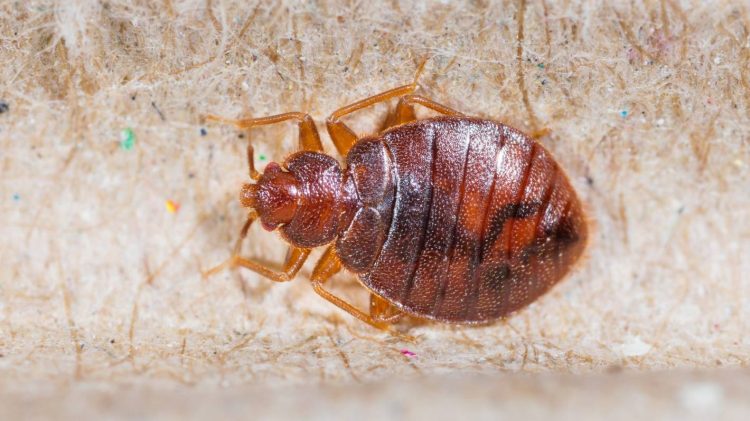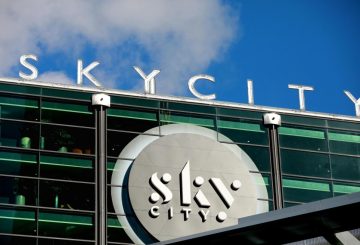지난주 로스앤젤레스 타임스가 보도한 바에 따르면 시저스 팰리스와 MGM 그랜드를 포함한 라스베이거스의 주요 호텔 7곳이 빈대 문제가 있는 것으로 확인되었습니다.
영국에서는 빈대 침입이 크게 증가했으며, 해충 방제 회사인 렌토킬 (Rentokil) 에 따르면 빈대 감염이 65% 증가했다고 보고했습니다.마찬가지로 프랑스에서도 1950년대에 해충을 거의 박멸했음에도 불구하고 10가구 중 1가구에서 이러한 해충을 처리하고 있습니다.
뉴질랜드도 예외는 아닙니다.스튜어트 섬에 있는 노스암 오두막 (North Arm Hut) 을 찾아 헤매던 사람들이 “인류에게 가장 강하다”고 알려진 빈대를 발견했다.
런던 열대의학 학교의 제임스 로건 교수는 코로나바이러스 봉쇄령이 벌레의 확산을 도운 이후 여행이 다시 증가했다고 제안합니다.이 곤충들은 사람들의 여행 가방에 실려 다닐 수 있으며, 이 곤충들이 살충제에 대한 내성을 갖게 될 것이라는 우려가 커지고 있습니다.
빈대, 주로 시멕스 렉툴라리우스와 시멕스 헤미프테루스는 사람의 피를 먹고 사는 야행성 동물입니다.물린 자국은 해롭지는 않지만 가려울 수 있습니다.더러운 곳뿐만 아니라 방 안 어디에서든 살 수 있습니다.
전문가들은 여행객들에게 이러한 해충이 집으로 돌아오는 것을 방지하기 위해 호텔 바닥, 침대 또는 의자에 직접 가방을 놓지 말라고 조언합니다.호텔에서 빈대를 발견하면 리셉션에 즉시 알려주는 것이 좋습니다.
귀국 후 감염이 의심되는 경우 옷을 고온에서 세탁하면 해충을 제거하는 데 도움이 될 수 있습니다
.




























































